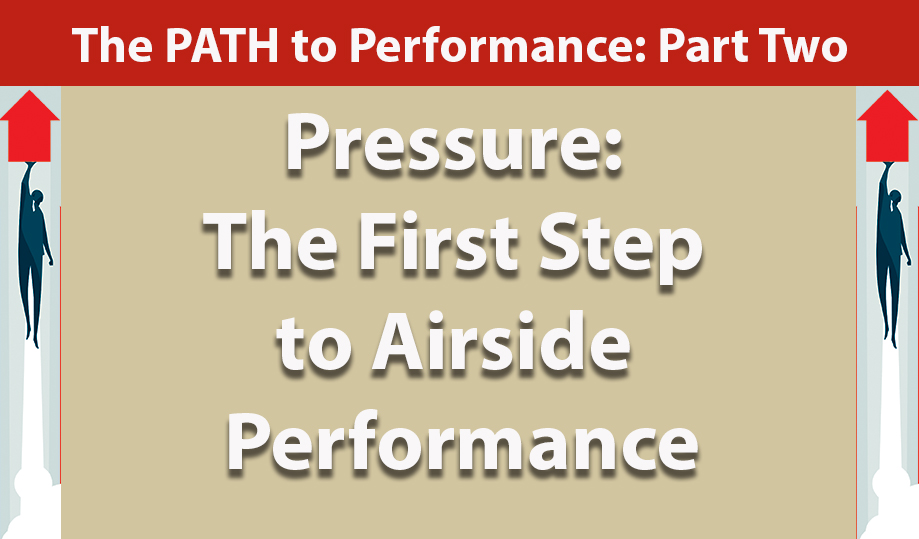Static pressure is the first step on the PATH (Pressure, Airflow, Temperature, and Heat) to performance. It is an airflow foundation and indicator of overall HVAC system health. When used correctly, you can pinpoint hidden airflow restrictions at the filter, coil, and within the duct system.
The PATH to performance can overwhelm you in the beginning. At first glance, there are so many choices it can get confusing on where to start. As we begin this journey, we will address points to help you simplify testing and keep it in context. When done correctly each step moves you forward on the path.

Static Pressure Principles
In its simplest definition, static pressure is the amount of resistance a blower must push and pull against to circulate air through a duct system. It acts equally on all sides of the duct, like the ‘blow up’ pressure that keeps a balloon inflated. Inches of water column (in. w.c.) is the unit of measurement for static pressure.
Static pressure is highest at the air-handling equipment, closest to the blower. Any components in the airside of a system act as resistance (pressure drops) the blower must overcome. Such components include the indoor coil, air filter, and duct system (supply and return). The more restrictive to airflow they are, the higher the static pressure reading.
Test Instruments
Before you can measure static pressures, you need a pressure testing kit that includes:
- Manometer ‘ analog or digital
- Static pressure tips and tubing ‘ neoprene or silicone
- 3/8′ test port plugs
- Small drill/impact gun with a step bit or 3/8′ drill bit with a sheath/stop
- Scratch awl ‘ for cleaning out internal duct liner/insulation
- Carrying case for all your goodies.
You can typically put together a complete kit for around $200. Don’t skip on purchasing any of these items; they each have a purpose.
Test Ports
To access the airside of an HVAC system, you must install test ports at strategic locations in the air handling equipment and duct system. Most systems need four test ports to measure and calculate different static pressures.
You can download the NCI Static Pressure Test Location Diagrams for proper test sites on different air-handling equipment. To do so, you will need to be a registered user of the National Comfort Institute (NCI) website. The download is here: ncilink.com/SPTestDiag.
Click Below for Next Page:














Recent Comments